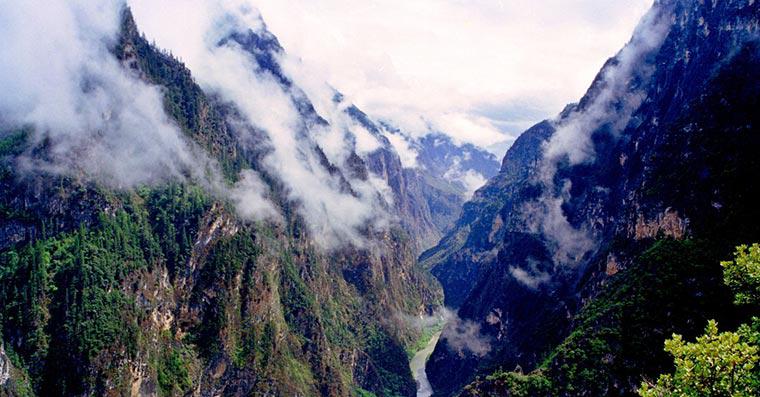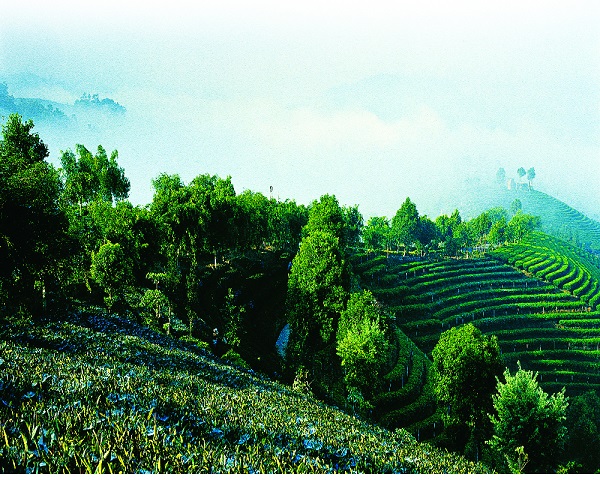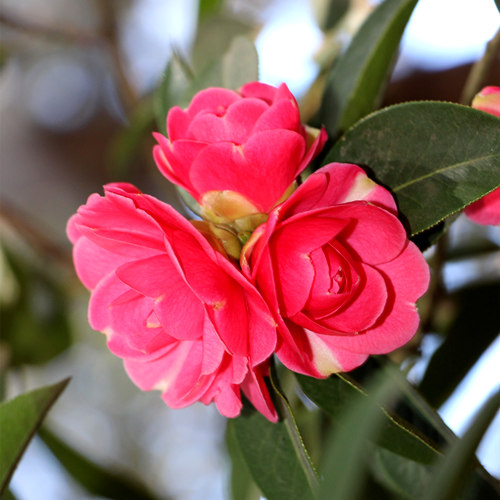
Detailed Introduction to Longchuan County of Dehong Prefecture
Overview
Longchuan County (陇川县) is located in the western part of Dehong Dai and Jingpo Autonomous Prefecture, Yunnan Province, China. It borders Myanmar to the west and is known for its beautiful tropical landscape, diverse ethnic cultures, and rich natural resources. The county covers an area of approximately 1,900 square kilometers and has a population of about 280,000, composed mainly of Dai, Jingpo, De’ang, Lisu, and Han ethnic groups.
The county seat is Zhedao Town (遮岛镇), which serves as Longchuan’s administrative, economic, and cultural center.
Geography and Climate
Longchuan is situated in the Longchuan River Valley, between the Gaoligong Mountains to the east and the Dumeng Mountains to the west. The topography features low mountains, gentle hills, and fertile river plains. The Longchuan River, a tributary of the Irrawaddy River, runs through the county, giving the area both its name and its agricultural vitality.
The county enjoys a subtropical monsoon climate, with abundant sunshine, plentiful rainfall, and mild temperatures year-round. The annual average temperature is around 20°C, and annual precipitation averages 1,700–1,900 mm. These favorable conditions support the cultivation of a wide variety of tropical and subtropical crops.
Biodiversity and Natural Resources
Longchuan County lies within the ecologically rich region of western Yunnan and possesses abundant forest, water, and mineral resources.
Its forest coverage rate exceeds 60%, providing habitats for a diverse range of wildlife.
The county is rich in timber, bamboo, medicinal plants, and tropical fruits, as well as mineral resources like copper, tin, and limestone.
The Longchuan River Basin and surrounding hills are also known for their scenic valleys and ecological diversity, making the area a key component of Yunnan’s natural conservation network.
Ethnic Composition and Culture
Longchuan is home to a mosaic of ethnic groups, each with its own customs, languages, and traditional arts.
The Dai people are known for their elegant bamboo houses, Buddhist temples, and joyful Water-Splashing Festival.
The Jingpo people celebrate the Munaozongge Festival, a massive singing and dancing event symbolizing unity and courage.
The De’ang people, one of China’s smallest ethnic minorities, are known for their traditional tea-making culture, especially in producing fermented tea similar to Pu’er tea.
Local crafts such as bamboo weaving, silver jewelry, and traditional textiles continue to thrive, offering insights into the living heritage of Yunnan’s borderlands.
Economy
The economy of Longchuan is primarily based on agriculture, border trade, forestry, and tourism.
Major agricultural products include rice, sugarcane, rubber, coffee, tea, tropical fruits, and medicinal herbs.
Border trade with Myanmar contributes significantly to the local economy, as Longchuan lies along an important trade corridor connecting China’s inland provinces with Southeast Asia.
The county is also developing eco-tourism and cultural tourism, leveraging its natural beauty and ethnic diversity.
Tourist Attractions
Longchuan River Scenic Area (陇川河风景区) – A beautiful river valley known for its tropical scenery, traditional Dai villages, and picturesque rice terraces.
Wanding Border Trade Area (畹町口岸贸易区) – Once a major gateway for China–Myanmar trade, offering visitors a glimpse into cross-border commerce and cultural exchange.
Mangdong Pagoda (芒东塔) – An ancient Dai-style Buddhist pagoda surrounded by serene temples and lush greenery.
Jingpo and Dai Ethnic Villages – Visitors can experience authentic local festivals, traditional dances, and ethnic cuisines.
Hot Springs and Forest Parks – Longchuan has several natural hot springs and forest reserves that attract eco-tourists and health travelers alike.
Transportation
Longchuan enjoys convenient transportation within Dehong Prefecture.
It is connected to Mangshi (about 80 km) and Ruili (about 60 km) by modern highways.
Dehong Mangshi Airport provides flights to Kunming and other major cities.
Its location near the China–Myanmar border also positions it as an important node in Yunnan’s Belt and Road Initiative, facilitating trade and cultural exchange between China and Southeast Asia.
Development and Ecological Protection
In recent years, Longchuan has focused on ecological protection and sustainable growth. Efforts have been made to preserve forests, develop green industries, and promote eco-f



